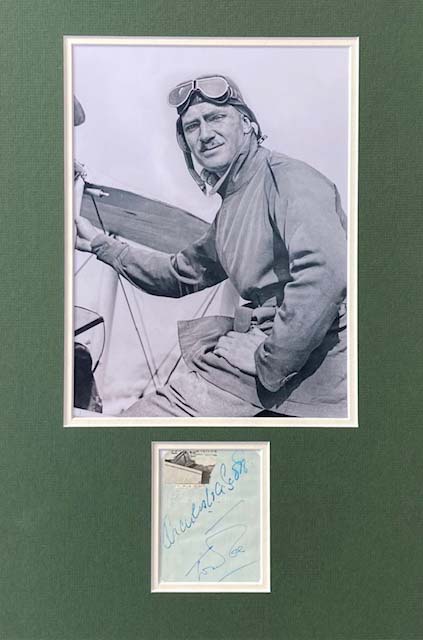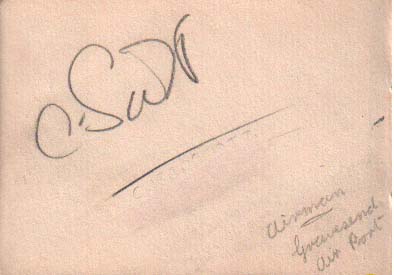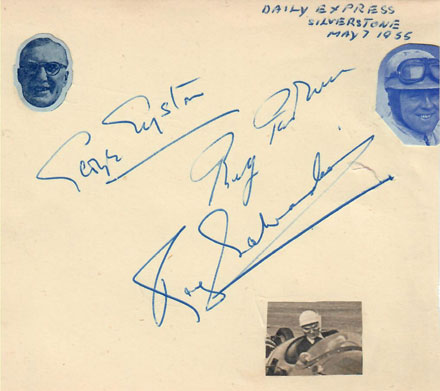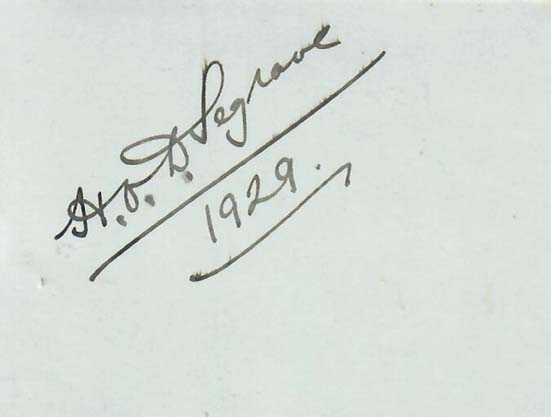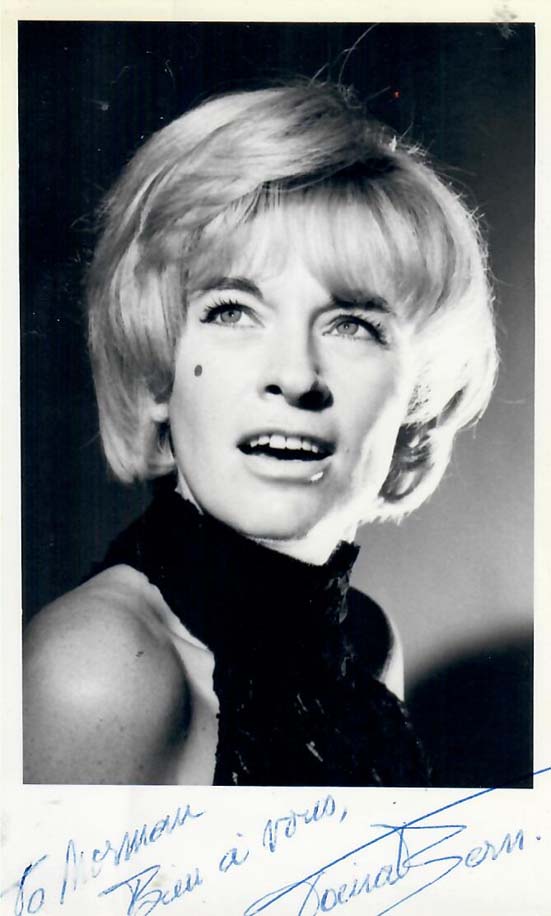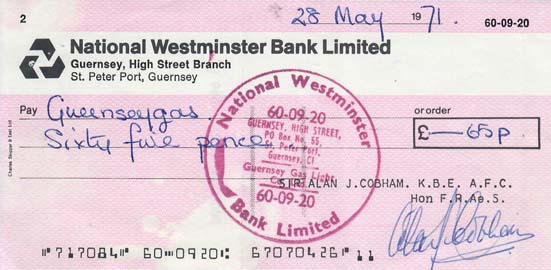Charles W Scott
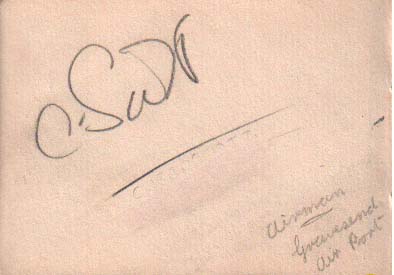
Charles W Scott
CHARLES W A SCOTT d1946. English aviator best known for winning the Macrobertson Air Race in 1934. After leaving Westminster School he joined the RAF in 1922 where he learned to fly. While serving with the RAF, he gained a reputation for his aerobatic skill and was also RAF heavyweight boxing champion for two consecutive years. He left the RAF in 1926 and emigrated to Australia, where he took up a post as a commercial pilot for the fledgling airline company QANTAS. In 1929, while on leave from QANTAS following a crash, he met his first wife Kathleen. In 1930, he broke the solo record from Brisbane to Melbourne in a DH.60 Gipsy Moth aeroplane to get to the birth of his daughter Rosemary. Scott became world famous when he broke the England–Australia solo flight record in 1931, flying a DH.60 moth. For this achievement, the King awarded him the Air Force Cross in 1931. Scott went on to beat the Australia–England solo flight record in 1932 and then re-took the England–Australia the same year. In 1934, he was picked, along with Tom Campbell Black to fly one of three purpose-built De Havilland DH.88 Comet Racers to compete in the Macrobertson Air Race which is still considered the world's greatest air race. Scott and Black won the race, breaking the England–Australia flight record of 162 hours down to 52 hours and 33 minutes. They reached the finish line in Melbourne in 71 hours winning the £10.000 prize money and becoming world famous overnight. In 1936, Scott took over Sir Alan Cobhams National Air Displays Ltd and for one season operated C.W.A. Scott Flying Display Ltd. In September that year, he won another air race—flying a Percival Vega Gull, he and Giles Guthrie won the Schlesinger Air Race from Portsmouth to Johannesburg again winning the £10,000 prize money. Before the race, Scott married his second wife, Greta Bremna, but they divorced in 1940. With the onset of World War II Scott served for a time as an ARP ambulance driver, then he joined the RNVR as a lieutenant and took part in the Dakar landing. He also spent a period as an Atlantic ferry pilot and was stationed with De Havilland Canada as a test pilot, testing newly built Mosquitos and training pilots to fly them. Following the war and after becoming estranged from his third wife, he took a post at the UNRRA headquarters in Germany. On 15th April 1946 whilst in a state of depression, he fatally wounded himself aged 43 with a self-inflicted gunshot wound using his military issue revolver .....
